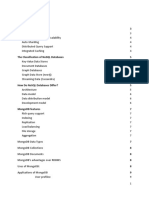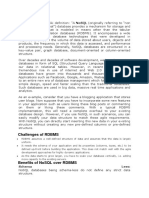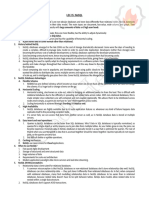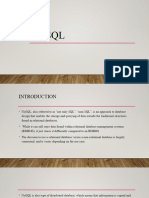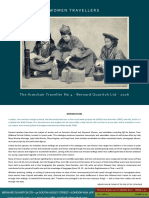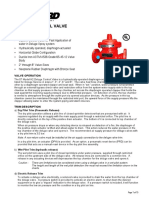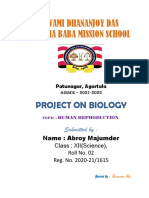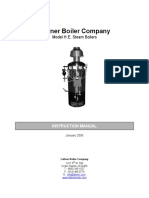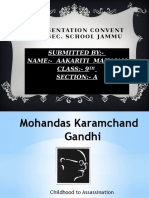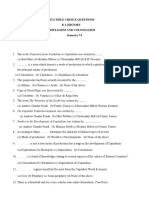0% found this document useful (0 votes)
9 views21 pagesNoSQL PDF
NoSQL databases, which emerged in the late 2000s, offer a flexible alternative to traditional relational databases by allowing for non-tabular data storage, scalability, and fast queries. They come in various types, including document-oriented, key-value, column-oriented, and graph databases, each with unique features suited for different applications. While NoSQL databases provide advantages such as horizontal scaling and ease of use for developers, it is crucial to understand system requirements for effective implementation.
Uploaded by
Jansi GoswamiCopyright
© © All Rights Reserved
We take content rights seriously. If you suspect this is your content, claim it here.
Available Formats
Download as PPTX, PDF, TXT or read online on Scribd
0% found this document useful (0 votes)
9 views21 pagesNoSQL PDF
NoSQL databases, which emerged in the late 2000s, offer a flexible alternative to traditional relational databases by allowing for non-tabular data storage, scalability, and fast queries. They come in various types, including document-oriented, key-value, column-oriented, and graph databases, each with unique features suited for different applications. While NoSQL databases provide advantages such as horizontal scaling and ease of use for developers, it is crucial to understand system requirements for effective implementation.
Uploaded by
Jansi GoswamiCopyright
© © All Rights Reserved
We take content rights seriously. If you suspect this is your content, claim it here.
Available Formats
Download as PPTX, PDF, TXT or read online on Scribd
/ 21















